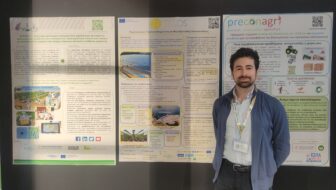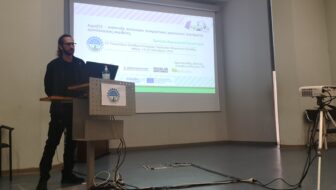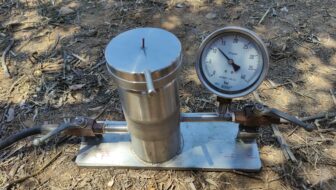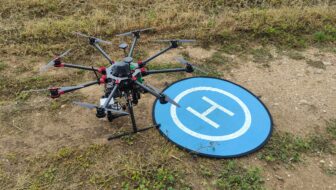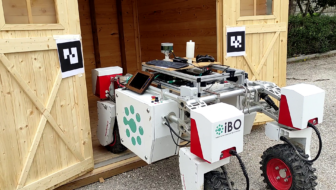WELCOME TO AGROSYS
The path towards a fully automated vineyard utilizing solar energy and unmanned vehicles
- Design, development and commercial exploitation of an integrated autonomous robotic system for precision viticulture
- Operations carried out by electric UAVs and UGVs
- Vehicle charging through on-site solar charging stations in the vineyard
- Integration of remote sensing technologies for vegetative vigour & canopy size, water stress for irrigation schedule, maturity assessment for selective harvesting
FROM OUR BLOG
FREQUENT QUESTIONS
1 – Why to implement this system on vineyards?
• vineyards have a special feature: it is necessary to simultaneously monitor the upper and lateral growth of the vine-stocks in order to fully diagnose the state of the vineyard
• therefore, the combination of UAV and UGV can provide the solution for monitoring the vines by designing 3D maps of vineyard vegetation characteristics, based on aerial and ground data
• AUA’s vineyard (35 ha) will be monitored by flights (UAV) and ground observation (UGV) in selected phenological stages of the vine (bud burst, bloom, fruit set, cluster closure, véraison and fruit maturity (harvest))
2 – Which are the main challenges faced by the project?
Continued population growth requires an increase in agricultural production, which is threatened by many challenges such as climate change, labor shortages and productivity performance costs. In recent years, the use of Smart Farming Technologies (SFTs) is increasing rapidly and appears to be a reliable solution to the above challenges. SFTs include Farm Management Information Systems (FMIS), Precision Agriculture (PA) Systems, agricultural automation and robotic applications that (a) increase yield, (b) improve product quality, (c) make rational and efficient use of inputs, (d) reduce energy consumption and (e) protect soil and water resources. While SFTs for FMIS, PA methods, and automation operations have been developed commercially, only a few cases of robotic systems are at the commercial level. However, robotics is making great strides as autonomous Unmanned Aerial Vehicles (UAVs) and Unmanned Ground Vehicles (UGVs) are increasingly incorporating technological equipment to monitor crops and implement agricultural practices. Their use can increase productivity, profitability, work safety and environmental sustainability. But even commercially available UAVs and UGVs for agricultural use work as stand-alone solutions rather than as a combined system where UAVs and UGVs help each other.
3 – What is the main project goal?
The main goal of AgroSys is the development of an autonomous collaborative robotic system for precision viticulture integrating electric UAVs and UGVs and small-scale solar charging stations






